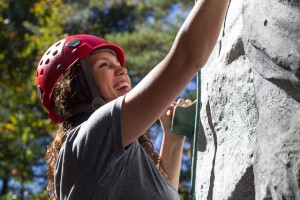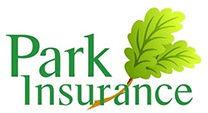
How to set up an indoor climbing centre – top tips for success
For many people, the idea of going for a run or sweating away with a load of muscled gym-goers is a somewhat daunting and/or boring way to keep fit. So often people are looking for an alternative and more fun way to get fit and enjoy themselves at the same time. Rock climbing is one such activity which is fast gaining in popularity.
Not only is rock climbing popular, it’s also a fitness activity which is recommended by the NHS. In addition to its health benefits, the health service’s Live Well micro-site has praised its accessibility, saying “despite its image as an athletic sport, you don’t need to be super-fit… although the more you climb the fitter you will become.” And with an estimated 5 million visits to UK climbing walls each year, it’s clear that setting up and indoor climbing centre can be both lucrative and rewarding.
Essential tips for climbing centre success
Pick the perfect location – Where you build your climbing centre will have a massive impact on how successful your business is, so it’s important to consider it carefully. Of particular importance are:
- Proximity to customers/ accessibility – Some people will travel a reasonable distance for a decent climbing wall, but generally the closer you are to major cities/ towns and transport arteries, the more attractive your site will be to a greater number of people.
- Nearby competitors – Your grassroots fledgeling climbing wall may struggle somewhat if there’s a larger well-equipped wall just down the road.
- Space – You need to make sure that you have room for the wall and associated facilities, and for car parks and access space. You should also consider whether you might wish to expand in the future and whether there is space for this.
Recruit/ train the best staff – While some visitors may be climbing pros, many may be inexperienced, so you should aim to recruit staff who can show them the ropes, as it were.
Design your wall carefully – The best walls provide routes for climbers of varying abilities and space for all climbers to enjoy themselves safely.
Protect your climbing centre – As fun and healthy as they may be, climbing centres are inherently risky places. You, therefore, need a robust climbing centre insurance policy which will protect from a range of different risks. Insurance components you should consider include:
- Public liability insurance – Despite your best efforts, it is quite likely that at some point in the future a member of the public will suffer injury due to an accident on your wall. Public liability insurance will prevent you from bearing the financial cost of any compensation claims that may arise.
- Employer’s liability insurance – This is a legal requirement for all businesses with staff, but it will also protect you against legal action brought against you for accidents suffered by your employees.
- Premises insurance – You’ve spent time and money creating an awesome custom-built climbing centre, so you need to protect your investment against risks such as fire, flood and vandalism.
- Equipment insurance – This type of insurance will cover damage or theft of any of your specialist climbing equipment.
Need further advice on insuring your climbing centre, or just looking for a competitive quote? Get in touch with Park Insurance.
